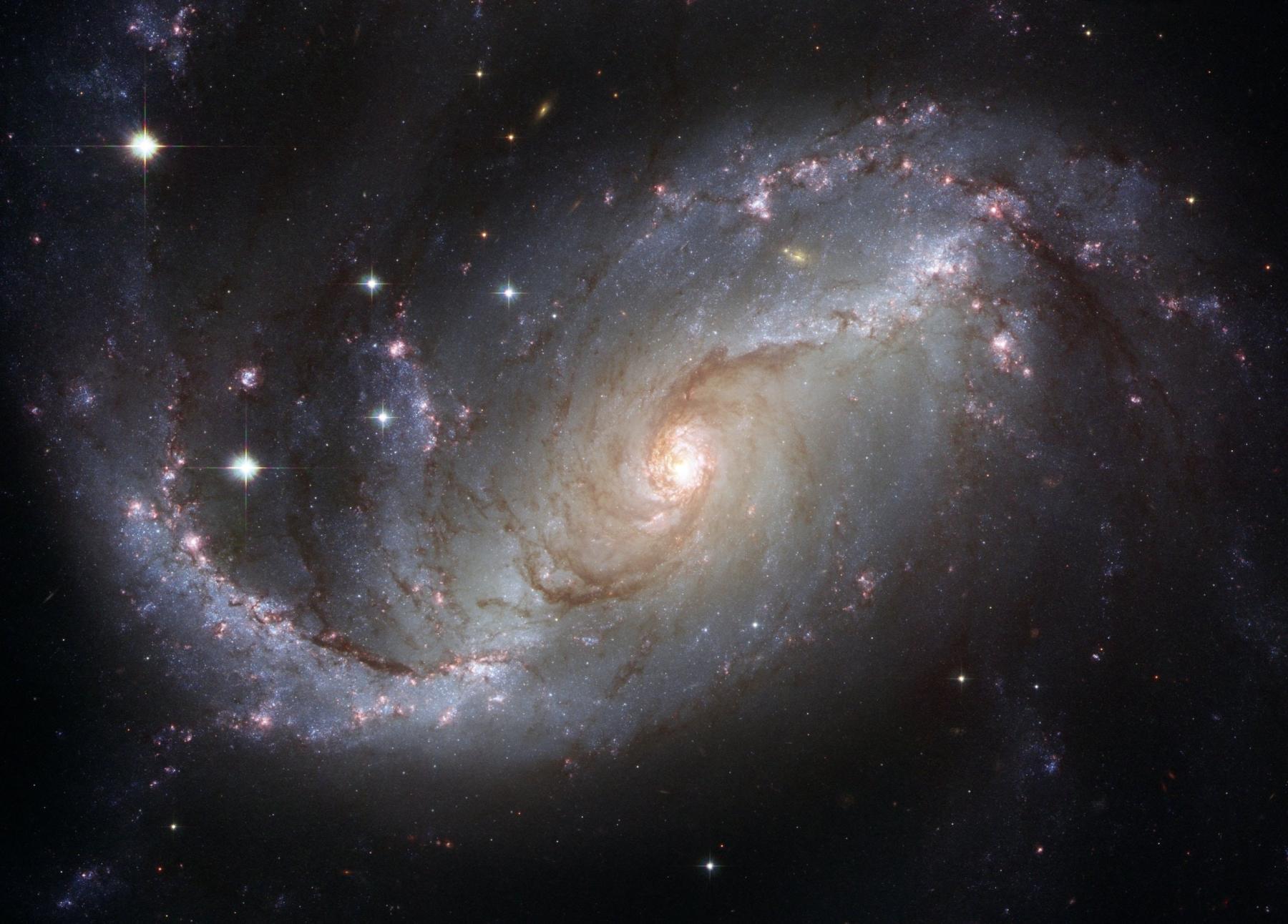
How Much Space?
I use this lesson as a fun activity to visualize unit conversions and the immense scale of the universe. I love this lesson because I find it challenging to teach unit conversions with hands-on applications (other than standard measurement activities, of course!). It also allows us to get outside, which I try to do as much as possible!
Lesson Plan Link/URL
https://docs.google.com/presentation/d/1mCEAev0NXVvNnO9PH_8kfKX44tj5gX2I/edit?u…Subject Area
Earth and Space Science E2: Earth & the Universe Technology 3. Knowledge Constructor 5. Computational Thinker Mathematics Operations and Algebraic Thinking (OA) Measurement and Data (MD) Ratio and Proportion (RP) English Language Arts (ELA) Reading (Informational Text)Related Content

A lesson to teach students how to collect, organize, interpret data, make inferences, raise awareness, and suggest possible solutions on the water quality of the waterbodies in the state of Arizona.

In this lesson, students use the Kepler’s Laws PhET Simulation to collect data on the period and average radius of the planetary orbits. They graph and analyze that data to derive Kepler’s 3rd Law.

This lesson uses a PhET Simulation to allow students to collect data on the orbits of planets around our Sun, then summarize and share their results. It is designed for students in Grades 9-12.